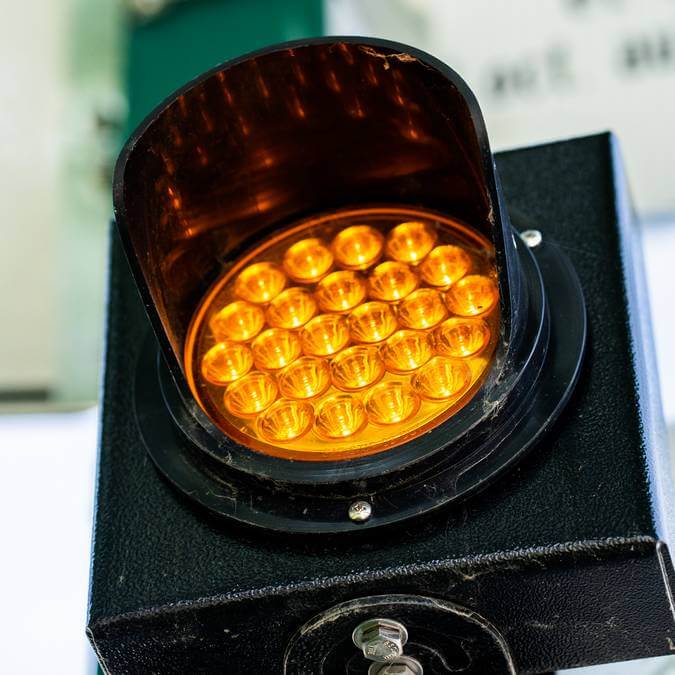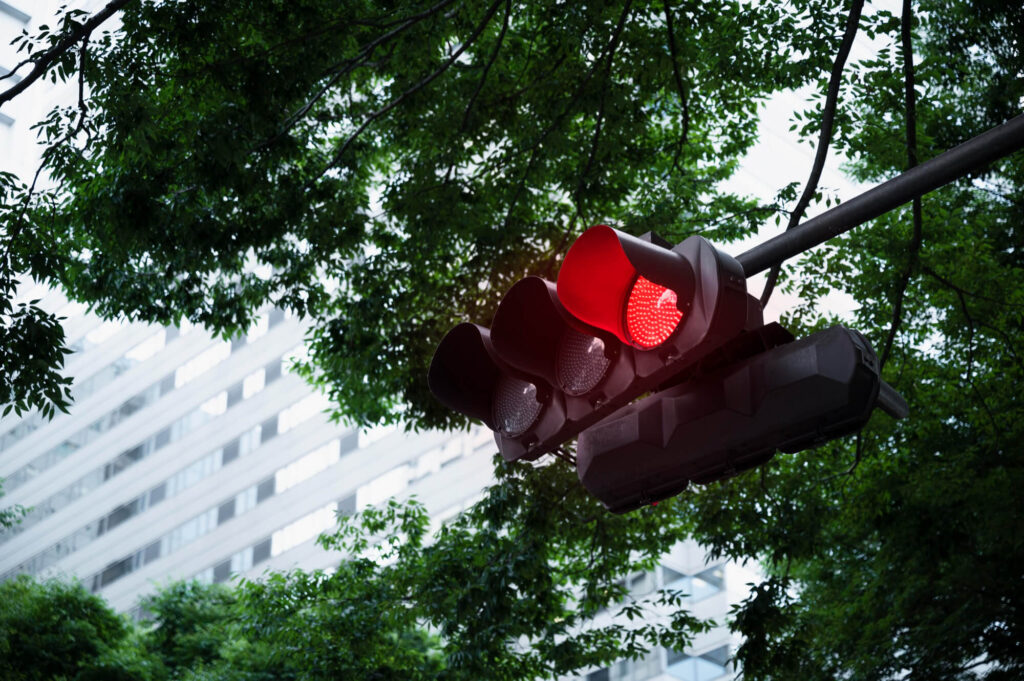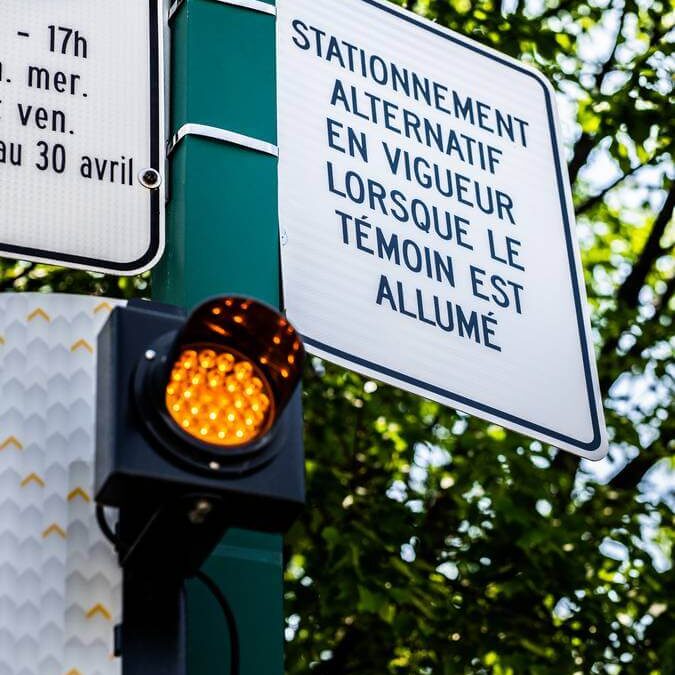In the realm of urban mobility, the intricate choreography of traffic flow is orchestrated by a vital technology: traffic light sensors. These unassuming devices wield remarkable power, efficiently navigating intersections, optimizing vehicular and pedestrian volumes, and fostering road safety.
Delve into the heart of innovation as experts from Kalitec unravel the mechanisms behind traffic light sensors and the pivotal role they play in modern transportation management. Explore how these ingenious devices enable smoother traffic flow, all while satisfying your quest for comprehensive information on traffic light sensors.
Exploring Different Types of Traffic Light Sensors
Infrared Sensors: Enhancing Traffic Detection and Control
In the realm of road safety, infrared sensors stand as sentinels at intersections. Emitting invisible beams, they detect the presence of vehicles through infrared energy, keeping traffic flowing smoothly and reducing the risk of road traffic accidents. By analyzing traffic volumes, they facilitate timely signal adjustments, ensuring continuous flow and safety.
Although this is a common type of traffic light technology, it is still new in the history of traffic lights. Some people may therefore wonder why traffic authorities use infrared sensors instead of microwave sensors. The reason is, microwave sensors are highly sensitive and more likely to trigger mistakenly, without the presence of vehicles.
Inductive Loops: A Closer Look at Vehicle Detection
Inductive loops, cunningly embedded beneath roadways, exemplify modern cross traffic management. As vehicles cross over, electro-magnetic fields shift, alerting traffic signals to alter their cadence. This adaptive dance of inductive-loop sensors harmonizes traffic signals, allowing among others the safe traversal of major street crossings.
One should note that inductive loops are built into the ground (at least, that is by far the most common installation method). They are therefore not suitable for temporary traffic lights, and it would be complicated to perform a 180-degree turn and remove inductive lights with sensors following installation. This underscores the significance of careful urban planning and budgeting when considering their installation.
Push Buttons: Understanding Pedestrian Interaction
For pedestrians yearning to cross bustling streets, push buttons are their conduit to safety. These devices herald the green signal (or white lights in some areas), temporarily halting the flow of vehicles. They’re the guardians of pedestrian crossings, allowing orderly pedestrian demand and enhancing road safety. Moreover, in areas with dedicated cycle lanes, these buttons play a crucial role in preventing accidents and promoting safe pedestrians, especially when combined with pedestrian countdown timers. With a dedicated pedestrian green arrow crossing phase, individuals are less likely to engage in dangerous behavior such as diagonal crossings.
Green light buttons are a very common type of cross traffic signs, and are found in a variety of contexts, including:
- suburban streets
- very busy intersections
- mid-block crossings
They are often paired with countdown lights to ensure crossing before vehicles begin preparing for departure.
Of course, these cross buttons benefit vehicular traffic movements as well. They ensure cars do not have to wait at a pedestrian green light activated in vain, which would happen with a normal traffic light cycle (regular green-yellow-red sequence). Vehicular traffic is only interrupted when a pedestrian signals his or her intention to cross.
One must understand that traffic light sensors are used in a variety of different traffic light types, with different purposes. Examples of such traffic lights can be explored among Kalitec’s products.
What are the advantages and limitations of radar detection in traffic lights?

Pros and Cons of Using Radar Detection
Radar detection for the management of traffic volumes is a modern marvel within the traffic safety sphere. Its radio waves penetrate adverse weather, accurately assessing traffic flow even in heavy traffic. Yet, amidst its prowess, challenges arise with proximity detection, prompting innovative solutions and ongoing advancements.
Ensuring Road Safety with Traffic Light Sensors
Optimizing Traffic Management with Sensor Technology
In the world of traffic calming and road safety, sensor technology reigns supreme. Data-driven adaptations curtail congestion and enhance pedestrian safety at cross streets. The result? Efficient, continuous flow for vehicles and pedestrians alike.
Reducing Accidents and Alleviating Congestion
Emerging from the tangle of intersections, cross traffic light sensors steer cities towards safer roads and highways. By minimizing delays, conflict between motor vehicles, and the potential for accidents, they transform thoroughfares into beacons of road safety, offering a path towards the vision zero initiative.
Of course, alleviating congestion has a strong impact on the flow of emergency vehicles without a need for dedicated lanes and reduces density at school crossings, among others. Thus, having a positive impact on society that goes beyond road traffic accidents considerations.
Integrating Sensors into Smart Infrastructures for Efficient Traffic Control
As urban landscapes embrace smart city ideals, traffic light sensors stand as pillars of transformation. Their integration into connected transportation systems enables adaptive traffic control, reducing the tedium of heavy traffic and enhancing the beauty of downtown areas.
Overcoming Challenges and Limitations in Vehicle Detection Systems
Overcoming obstacles is integral to perfecting road safety systems. Sensors’ accuracy improves, maintenance prevents malfunctions, and integration ensures a holistic approach to traffic management. These endeavors culminate in safer streets for all, no matter the traffic volumes.
Kalitec’s Pioneering Innovations in Traffic Light Sensor Technology

In conclusion, the harmonious dance of traffic light sensors orchestrates the symphony of urban mobility. These unobtrusive devices wield the power of data, ensuring the continuous flow of traffic while nurturing road safety.
With innovation at its core, companies like Kalitec illuminate the road ahead, pioneering advancements, such as its EARL tool, that redefine road safety and traffic management. So, next time you encounter a traffic light, remember the intricate technology that may be behind it and keeps our roads safe. If you’re interested in staying updated on the latest developments in road safety technology, be sure to follow Kalitec’s website for the most recent news and insights. Your awareness can contribute to making our roads even safer.
FAQ
How do push buttons enhance pedestrian safety and interact with traffic signals?
Push buttons enhance pedestrian safety by allowing pedestrians to request a signal change at crosswalks. When pressed, they activate the pedestrian phase, ensuring a safe crossing opportunity. These buttons interact with traffic signals by triggering a change in signal timing to accommodate pedestrian crossings, helping to reduce the risk of accidents and improve overall pedestrian mobility.
What are the advantages and limitations of radar detection in traffic lights?
Radar detection in traffic lights offers advantages such as accurate vehicle detection in various weather conditions and the ability to adapt signal timing based on real-time traffic data. However, it has limitations, including potential cost, maintenance requirements, and limited ability to detect non-metallic objects like pedestrians and bicycles.
What is the overall impact of traffic light sensors on urban mobility and road safety?
Traffic light sensors significantly improve urban mobility and road safety. They optimize traffic flow, reduce congestion, minimize wait times, and enhance overall transportation efficiency. Additionally, they contribute to road safety by facilitating timely signaling, reducing the likelihood of accidents, and improving the overall management of traffic in urban areas.

